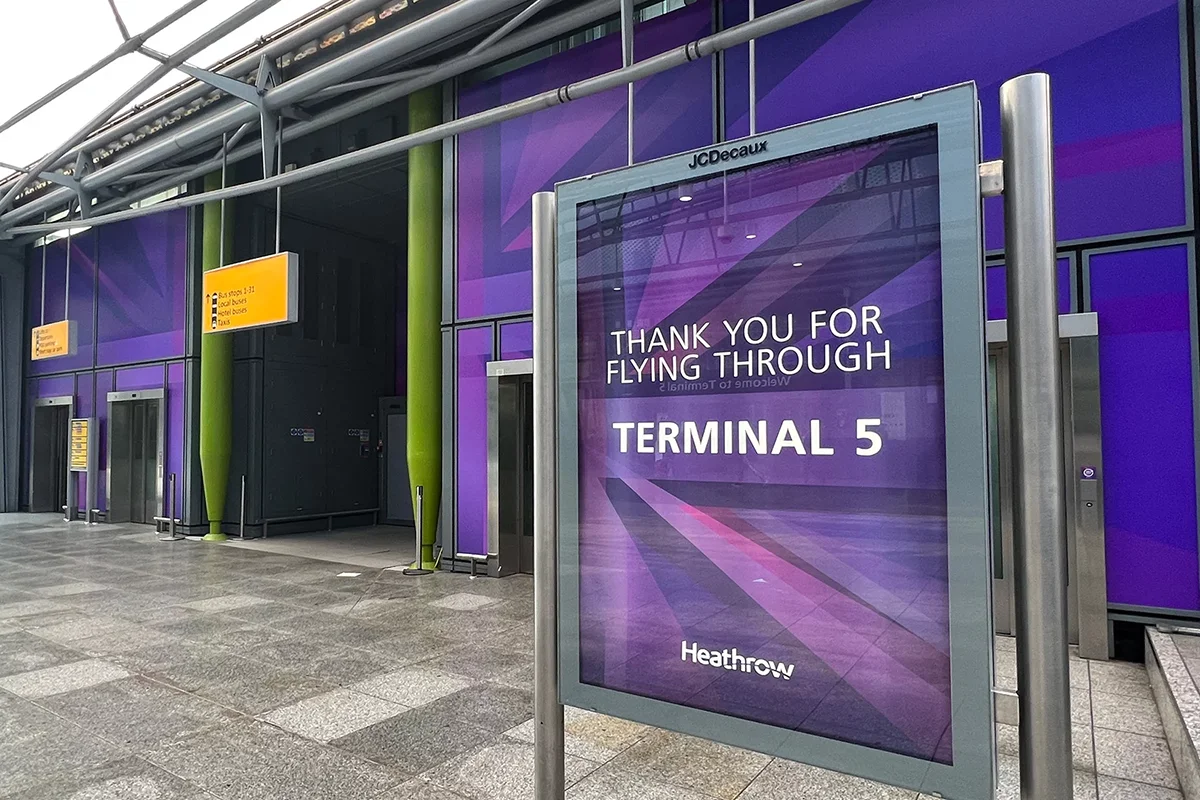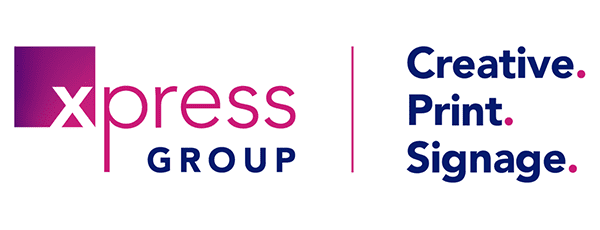
06 Dec Wayfinding – The Helping Hand You May Not Even Notice
All About Wayfinding Signage. And, Why It Pays to Consult
It was a fabulous holiday.
Your plane landed on time, there were no delays at the baggage carousel, you zipped through passport control, and you were home before midnight. It was all rather splendid. Your work colleagues enquired after your holiday. Your response: “Everything was great. And the wayfinding signage at the airport was outstanding”.
Said no one, ever.
No-Fuss A to B
Indeed not.
Wayfinding signage primarily exists below our radar. We take it all for granted. Unsurprisingly, most people don’t give a moment’s thought to wayfinding signs –until they’re not there, there aren’t enough of them, they disappear, or they’re wrong. Then we notice them, and not in a good way.
If you’ve ever walked into an unfamiliar building or office complex – and most definitely an airport – yet still ended up precisely where you needed to be, it’s highly likely that effective wayfinding signage got you there. Imagine the same scenario with no signs, notices – nothing. You have literally no idea where you’re going. How do you feel? Lost? Panicking a bit? Well, quite.
That’s because this type of signage has become a seamless part of daily life. Whether indoors or outdoors, there’s always a helpful sign showing us the way or telling us what we need to know.
This article explains what wayfinding signage is and the types you may encounter or consider using. Plus, it clarifies why engaging specialist advice from Xpress Group in this important subject could point you in the “right direction”.
Xpress Group Expertise
We provide a broad range of wayfinding signage solutions.
In fact, we’re well known in this sector, including for digital signs which also offer effective advertising on a digital platform. In particular, we’re delighted to have designed and installed a wide variety of signs at Heathrow Airport – including the cheery bright purple “Welcome to the United Kingdom” sign that greets allcomers.
We also work with healthcare, local government, and in the educational and retail sectors.
What Is Wayfinding Signage?
As the name suggests, Wayfinding signage helps people find their way around a physical location. It shows the way from point to point along the route and is a powerful tool to help someone navigate a space. Or, to orient themselves in an unfamiliar environment.
You could say that it answers various questions: Where am I? Am I close to where I need to get to? How do I get to where I need to be?
Wayfinding signage supports all kinds of travellers, customers, visitors, employees and students and helps them to feel comfortable and safe. Nobody wants to struggle, feel anxious or keep asking for help, and here’s the solution:
A calm, steady guiding hand in the form of a series of signs.
Branding Benefits
Clear, high-quality wayfinding signs can also deliver the type of strong branding that expresses your company’s personality, identity and the message you want to get across.
Ultimately, it’s very much about user experience and customer engagement in an easy-to-process shape, format and style. Likewise, wayfinding signage can create subconscious, positive feelings that your visitor is unaware of.
What would you like your wayfinding signage to say about your business?
Where Are Wayfinding Signs Used?
Practically everywhere that humans are. Including:
- Airports
- Bus and coach stations
- Urban environments (cities, towns etc)
- Shops
- Offices
- Industrial parks
- Banks
- Medical buildings and hospitals
- Tourist attractions
- Restaurants and bars
- Factories
- Construction sites
In short, they’re present anywhere people may gather who don’t necessarily know their way around.
The Different Types of Wayfinding Signage
There are four main types: Directional, for identification, informational, and for regulatory purposes.
Let’s start with:
- Directional Wayfinding Signs
Directional signs are what most of us imagine when thinking about wayfinding. They keep people moving towards their final destination: right, left, onwards, up and down stairs and so on. Generally, they’re used at junctions and areas without a clear traffic flow.Continuity is key. If at any stage the signs disappear, the visitor may become disorientated, stressed, and to be fair, not entirely happy. - Identification Wayfinding Signs
These commonly used signs let people know they’ve got to where they need to be and are general wayfinding landmarks. Examples could include door plaques, departmental markers, or indications of a historical point of interest. - Informational Wayfinding Signs
Similar to identification signage, but more general. In effect, they apply to the whole building or the overall facilities within it. Ideally, they would be placed where many people would see them – for example a reception area or building entrance.
In many ways, they’re designed to answer questions before the visitor needs to ask them. For instance, a business’s opening hours, where the bathrooms are, the location of the exits, the location of the lifts and so on. - Regulatory Purpose Wayfinding Signs
In brief, this concerns no-frills messages about what is and what isn’t acceptable in and around your premises. In effect, setting boundaries and focusing on safety or liabilities. Examples are “No Parking”, “No Smoking”, ”No Entry”, “Caution, High Voltage” etc.These signs should be simple and easy to understand so the reader knows what it’s about in seconds.
Why is Wayfinding Consulting So Important?
Because installing wayfinding signage may seem relatively straightforward – but it’s not.
There are easy pitfalls to fall into; problems occur when the visitor can’t make the right decision and doesn’t have enough information to choose his or her best course of action. The success of a wayfinding signage project will be down to an in-depth site survey, design, planning, scheduling and implementation at all the best decision-making points along the customer journey.
Immediate, ultra-quick visual communication is critical, and a consultant’s role is to make it look simple, despite the sophisticated functionality that underpins it all.
Things We Know: Keep it Simple and Clear
A streamlined process is, most likely, what your users want and need. For instance, to make things easy, you may wish to combine projected arrows on the floor with occasional additional signage. Alternatively, a branded and colour-coded series of paths leading to different areas taps into colour psychology.
Likewise, clarity and precision are key. Too many words and graphics on a sign are bewildering. They’re hard to interpret and even harder to follow. Icons could work really well here (and they’re an international language), and each sign needs a specific purpose.
Is the design well-defined? This is a must. A wayfinding signage consultant has the knowledge you need regarding font choice, colour contrast, size and where to place arrows.
Decluttered and orderly means that less is more. Filling a space with signs will confuse all and sundry and dial down their effectiveness. A consultant’s input regarding placement will help you to map out your key decision points.
From Start…to Finish
Xpress Group’s wayfinding signage experts can help you create a strategic and creative wayfinding programme. And, deliver a first-class customer experience from start to finish. There’s more to it than you may think, especially in complex spaces such as healthcare or educational facilities. Whether in a vehicle or on foot, it offers vital information when time is of the essence.
Customers with positive experiences within a space will come back to become repeat clients.
So, don’t ignore the signs!
Key Take Aways
- With its attention to detail, high-quality wayfinding signage delivers an exceptional first impression. Not only does it serve a purpose, it conveys professionalism and makes your business more welcoming.
- Wayfinding signage is based on human behaviour and can contribute to a sense of well-being, safety and security.
- Be strategic, be clear, be consistent. And keep everything simple.
